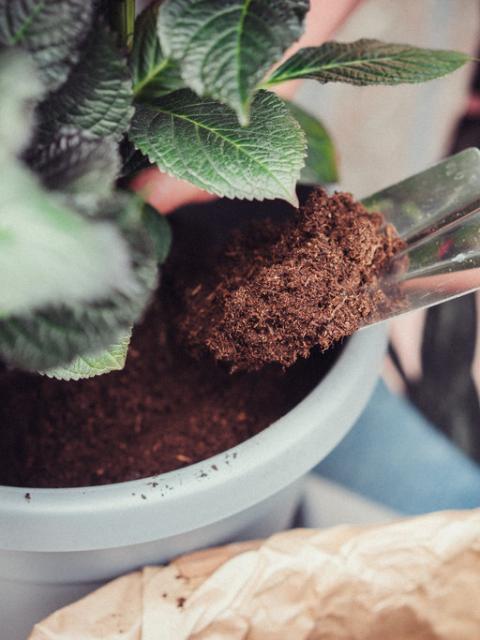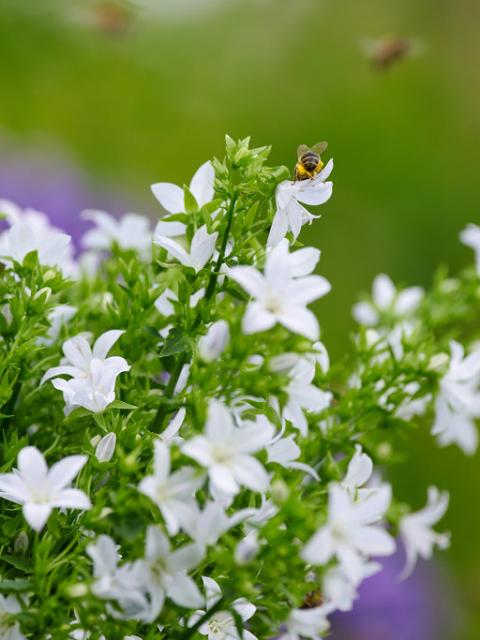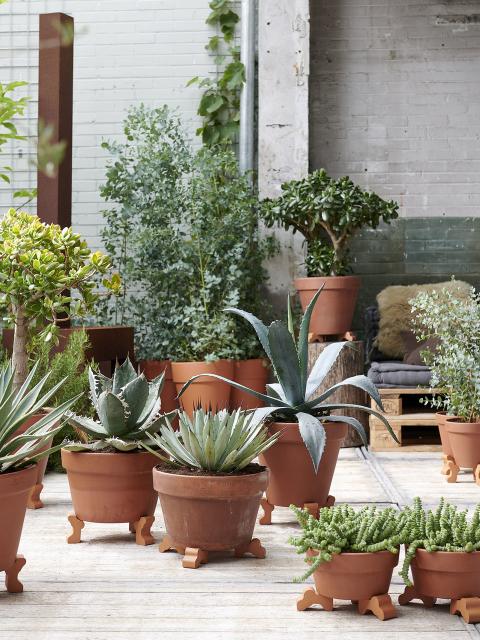The Butterfly Bush (Buddleja) is reminiscent of frozen fireworks, with the arrows shooting in all directions. It’s a strong deciduous shrub which flowers for a long time, from July until the end of October, with white, blue, lilac, purple, pink, red or yellow conical sprays of flowers which can be 10 to 30cm long. There are various species, but one thing they all have in common is their attraction to butterflies. The plants can reach a height of four metres, which you should take into account when choosing its position. There are also compact species which are more suitable for pots or gardens with limited space.
Tree-sized, but still a shrub
The Butterfly Bush originates from China, but can be found in the wild nowadays throughout Eurasia, North and South America and parts of Africa. The plant is a member of the figwort family and there are some 100 wild species, of which even the larger specimens look more like a shrub than a tree.
What about those butterflies?
The butterfly bush is a blooming source of nectar with flowers which are specially designed for pollination by butterflies. The flower is long and narrow, which means that only insects with a long tongue like butterflies can reach the nectar. That nectar is particularly sweet - another reason why butterflies love it. The plant is particularly popular with daytime butterflies such as red admiral, cabbage white, brimstone, small tortoiseshell and painted lady.
Butterfly Bush trivia
-
The Latin name Buddleja is a tribute to the botanist Adam Buddle (1662-1715).
-
Because the plant looks a bit like a lilac, it’s sometimes referred to as autumn lilac, even though the shrubs are in no way related.
-
A Butterfly Bush is a perfect addition to a new garden: a fast grower, easy to maintain and therefore popular housewarming gift for those moving into new developments.














